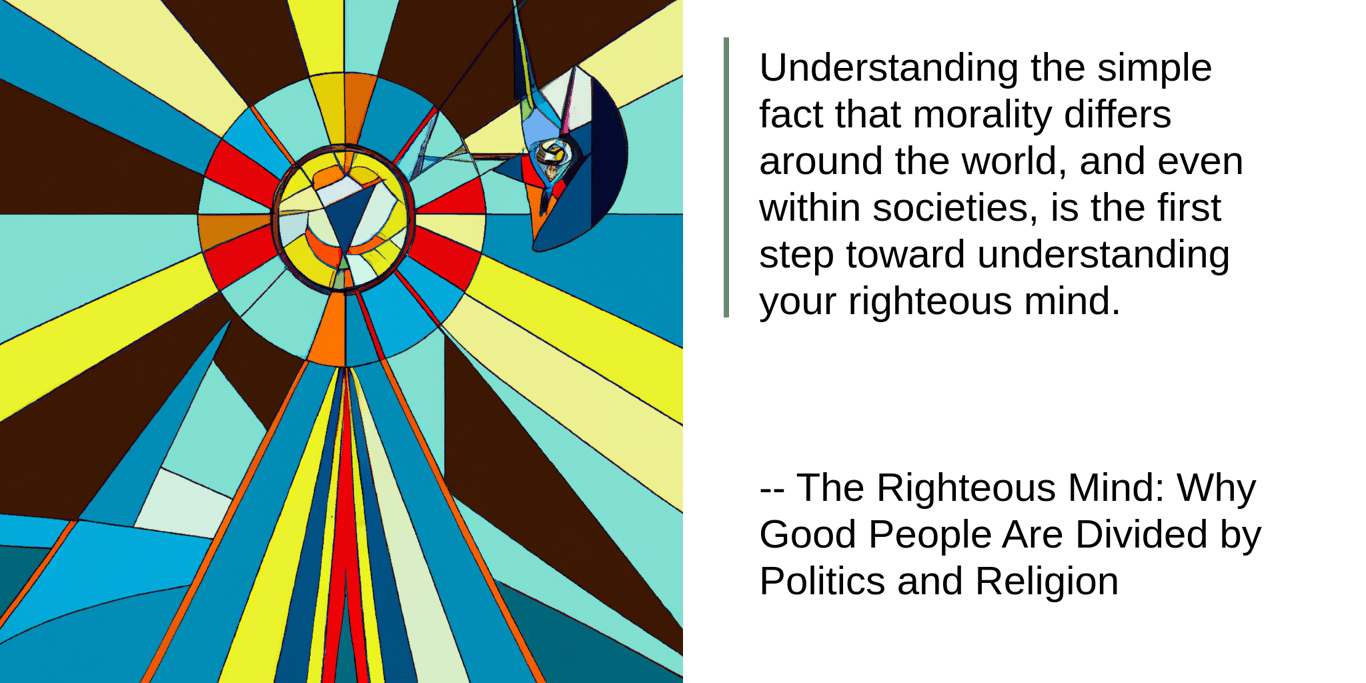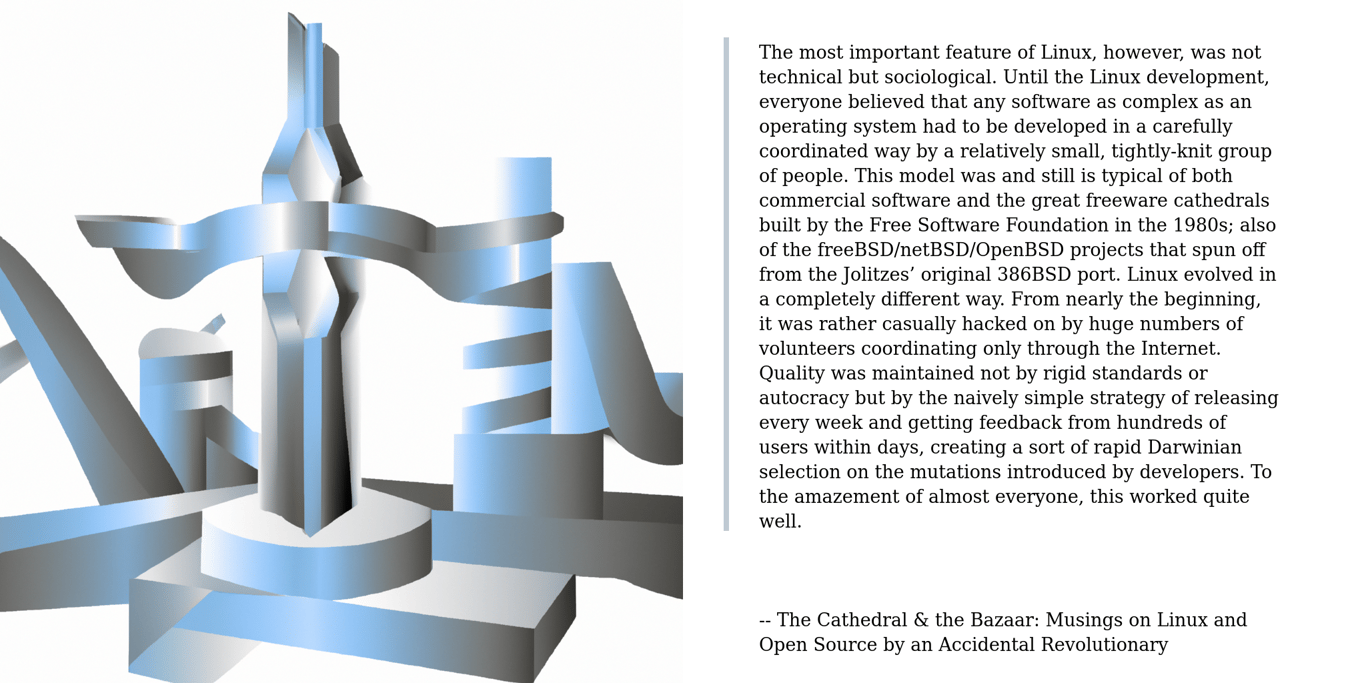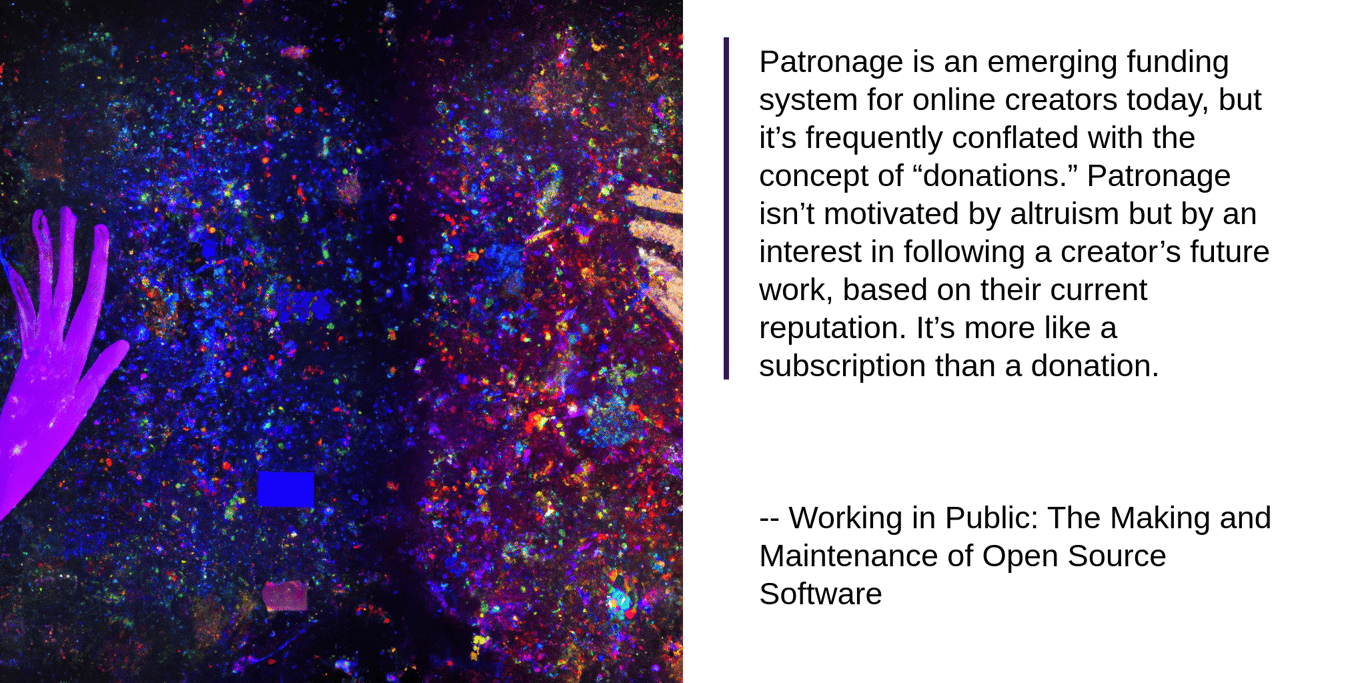September 19 2023
the only moral imperative


Celebrities rising to reputation wasn’t due to their being glitter-sprayed automatons in some Orwellian power game; the public weren’t brainwashed sheep bleating in excitable acceptance towards whoever the media decided should be famous. No, the truth is, celebrity is a three-way equation, much like the chemical reaction needed for fire: one can’t spark a flame without the triangular relationship of heat, fuel, and oxygen; and one can’t produce celebrity without the interaction between a subject, an audience, and a media industry.
-- Dead Famous: An Unexpected History of Celebrity from Bronze Age to Silver Screen (affiliate link)

Understanding the simple fact that morality differs around the world, and even within societies, is the first step toward understanding your righteous mind.
-- The Righteous Mind: Why Good People Are Divided by Politics and Religion (affiliate link)

SOCRATES: I also see why you urge me always to bear human fallibility in mind. In fact, since you mentioned that some moral truths follow logically from epistemological considerations, I am now wondering whether they all do. Could it be that the moral imperative not to destroy the means of correcting mistakes is the only moral imperative? That all other moral truths follow from it? HERMES: [Is silent.]
-- The Beginning of Infinity: Explanations That Transform the World (affiliate link)
on the face of it these two seem to be in direct competition, but im not convinced they are. i think what we consider "the moral landscape" is heavily built on traditionalism, not asking questions about why your father says "because I said so" or why we are ok with governments killing millions of civilians but heavily punish individuals. to understand that many different, but similar, moralities and societal rules have emerged from the same cloth requires humility, and the ability to execute logically when you have a better explanation (for example letting women go to school after centuries of the "moral code" saying school was only for boys)

It is easy these days to find people who will agree that their life would have gone better if they had shown more sexual reserve; it is hard to find people who think their life would have gone better if they had shown less.
-- A Guide to the Good Life: The Ancient Art of Stoic Joy (affiliate link)

The most important feature of Linux, however, was not technical but sociological. Until the Linux development, everyone believed that any software as complex as an operating system had to be developed in a carefully coordinated way by a relatively small, tightly-knit group of people. This model was and still is typical of both commercial software and the great freeware cathedrals built by the Free Software Foundation in the 1980s; also of the freeBSD/netBSD/OpenBSD projects that spun off from the Jolitzes’ original 386BSD port. Linux evolved in a completely different way. From nearly the beginning, it was rather casually hacked on by huge numbers of volunteers coordinating only through the Internet. Quality was maintained not by rigid standards or autocracy but by the naively simple strategy of releasing every week and getting feedback from hundreds of users within days, creating a sort of rapid Darwinian selection on the mutations introduced by developers. To the amazement of almost everyone, this worked quite well.

The long-term debt cycle that is now in the late-cycle phase was designed in 1944 in Bretton Woods, New Hampshire, and began in 1945, when World War II ended and the dollar/US-dominated world order began. These long-term debt cycles are driven by the amount of stimulant left in the central bank’s bottle. They start after previously existing excess debts have been restructured and central banks have a full bottle of stimulant. They end when debts are high and the bottle of stimulant is nearly empty or, more specifically, when the central bank loses its ability to produce money and credit growth that passes through the economic system to produce real economic growth. Throughout history, central governments and central banks have created money and credit, which weakened their own currencies and raised their levels of monetary inflation to offset the deflation that comes from deflationary credit and economic contractions. This typically happens when debt levels are high, interest rates can’t be adequately lowered, and the creation of money and credit increases financial asset prices more than it increases actual economic activity. At such times those who are holding the debt (which is someone else’s promise to give them currency) typically want to exchange the debt they are holding for other storeholds of wealth. Once it is widely perceived that money and debt assets are no longer good storeholds of wealth, the long-term debt cycle is at its end, and a restructuring of the monetary system has to occur.
-- Principles for Dealing with the Changing World Order: Why Nations Succeed and Fail (affiliate link)

Patronage is an emerging funding system for online creators today, but it’s frequently conflated with the concept of “donations.” Patronage isn’t motivated by altruism but by an interest in following a creator’s future work, based on their current reputation. It’s more like a subscription than a donation.
-- Working in Public: The Making and Maintenance of Open Source Software (affiliate link)




